There was something magical about cruising down the boulevard with the top down, wind tousling your hair, and the engine’s purr providing the perfect soundtrack to summer freedom. The ’60s and ’70s gave us some of the most iconic convertibles ever made—glamorous chariots that transformed ordinary drivers into celebrities, if only in their own minds. These weren’t just cars; they were statements, dreams made metal, and tickets to the kind of carefree lifestyle we saw on the silver screen. Let’s take a nostalgic drive through 14 spectacular drop-tops that made everyone feel like they were starring in their own Hollywood production.
1. 1963 Chevrolet Corvette Sting Ray
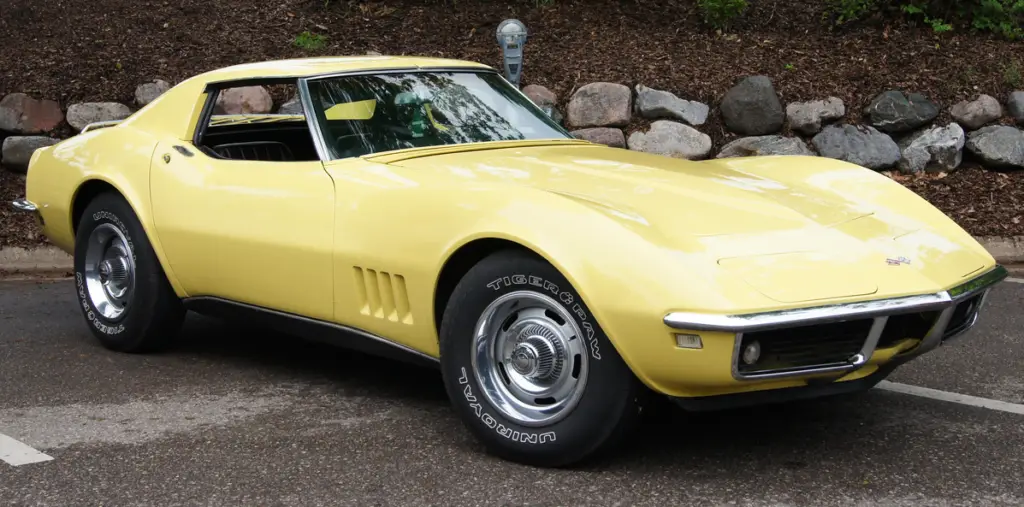
The second-generation Corvette convertible arrived like a thunderbolt in 1963, with a design so revolutionary it looked like it came from outer space rather than Detroit. Those iconic hidden headlamps, the sharp crease running down its spine, and the perfect proportions created what many consider the most beautiful American car ever produced. The Sting Ray convertible became an instant status symbol, appearing in countless films and television shows as the vehicle of choice for characters who had clearly “made it.” This model has been through a lot, and Car and Driver has tracked every step of its journey.
Behind the wheel of a ’63 Sting Ray, even a trip to the grocery store felt like the opening sequence of a spy thriller. The rumble of its 327 V8 engine announced your arrival before you were even visible, and the car’s low seating position made you feel like you were piloting something extraordinary rather than merely driving. Celebrities like Neil Armstrong, Alan Shepard, and numerous Hollywood stars owned Sting Rays, further cementing its reputation as the convertible for the coolest of the cool.
2. 1965 Ford Mustang Convertible
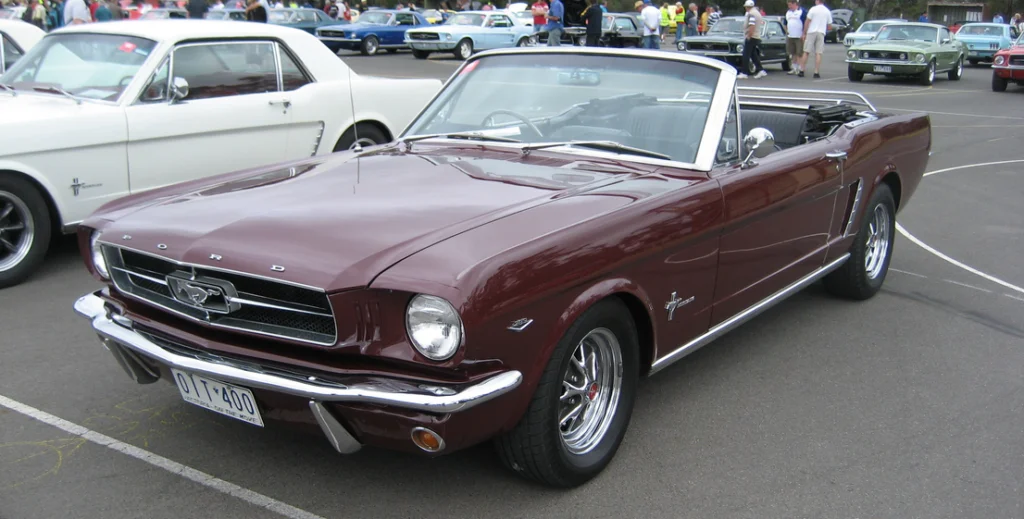
When Ford unveiled the Mustang in April 1964, they created not just a car but a cultural phenomenon that perfectly captured the youthful spirit of the decade. The convertible version, with its clean lines and accessible price tag, democratized the glamour that had previously been reserved for the wealthy. Appearing in everything from “Goldfinger” to “Bullitt,” the Mustang convertible quickly established itself as the freedom machine for a new generation seeking to break away from the conservative constraints of the previous decade. WhichCar drives down memory lane to chronicle the entire history of the Ford Mustang in all its groundbreaking iterations.
Sitting in a ’65 Mustang convertible with its 289 V8 rumbling beneath the hood transformed ordinary drivers into instant celebrities in their neighborhoods. The simple act of dropping the top and cruising down Main Street created a scene—heads turned, children waved, and for a brief moment, the driver became the star of their own personal parade. Ford understood that they weren’t just selling transportation; they were selling the fantasy of a Hollywood lifestyle at a blue-collar price.
3. 1968 Jaguar E-Type Series 1.5

Enzo Ferrari himself called it “the most beautiful car ever made,” and the E-Type convertible’s sensuous curves and feline grace made it the ultimate statement of sophisticated taste. The long hood, perfectly proportioned body, and distinctive covered headlights created a silhouette so perfect it’s displayed in New York’s Museum of Modern Art. Hollywood royalty like Steve McQueen, Brigitte Bardot, and Frank Sinatra all owned E-Types, cementing its reputation as the convertible for those who understood true automotive artistry. Octane Magazine has compiled a comprehensive historical recounting of this car and how it converted the automobile landscape.
Driving an E-Type convertible wasn’t just transportation—it was a performance where you were both the star and the audience. The inline-six engine’s distinctive growl provided a soundtrack worthy of the car’s theatrical presence, while the luxurious leather interior cocooned you in old-world craftsmanship. Every journey in an E-Type felt like the glamorous montage sequence from a European art film, transforming mundane errands into expressions of automotive poetry.
4. 1970 Plymouth ‘Cuda Convertible

The ‘Cuda convertible was Plymouth’s answer to the question: “What happens when you combine outrageous power with drop-top glamour?” With its available 426 Hemi V8 producing a pavement-wrinkling 425 horsepower, this was a muscle car convertible that didn’t just arrive—it announced itself with tire smoke and a thunderous exhaust note. The ‘Cuda’s aggressive “shaker” hood scoop, bold colors like “Plum Crazy” purple and “Lime Light” green, and dramatic styling turned drivers into instant celebrities wherever they went.
Behind the wheel of a Hemi ‘Cuda convertible, even the most mild-mannered accountant transformed into a rock star with gasoline in their veins. The visceral experience of hammering the accelerator and feeling the front end rise up as the massive V8 unleashed its fury created memories that lasted a lifetime. Now among the most valuable muscle cars ever produced (with Hemi convertibles fetching well over $2 million at auction), these rare beasts remain the ultimate status symbol for collectors seeking automotive royalty.
5. 1967 Alfa Romeo Spider Duetto

With its distinctive “boat-tail” rear end and perfectly balanced proportions, the Alfa Romeo Spider became synonymous with European sophistication and the dolce vita lifestyle. The Spider achieved immortality when it starred alongside Dustin Hoffman in “The Graduate,” forever linking it with youthful rebellion and romantic possibility. Its relatively modest power output—especially compared to American muscle cars of the era—proved that elegance and handling finesse could create as much emotional impact as raw horsepower.
Driving a Spider convertible instantly transformed anyone into the protagonist of a stylish Italian film—espresso in hand, scarf fluttering in the breeze. The car’s responsive twin-cam engine and precise handling invited drivers to seek out winding roads where they could experience the mechanical symphony of Italian engineering. The Spider created a unique form of automotive method acting—behind the wheel, you couldn’t help but become more interesting, more romantic, and more alive to life’s possibilities.
6. 1969 Mercedes-Benz 280 SL “Pagoda”
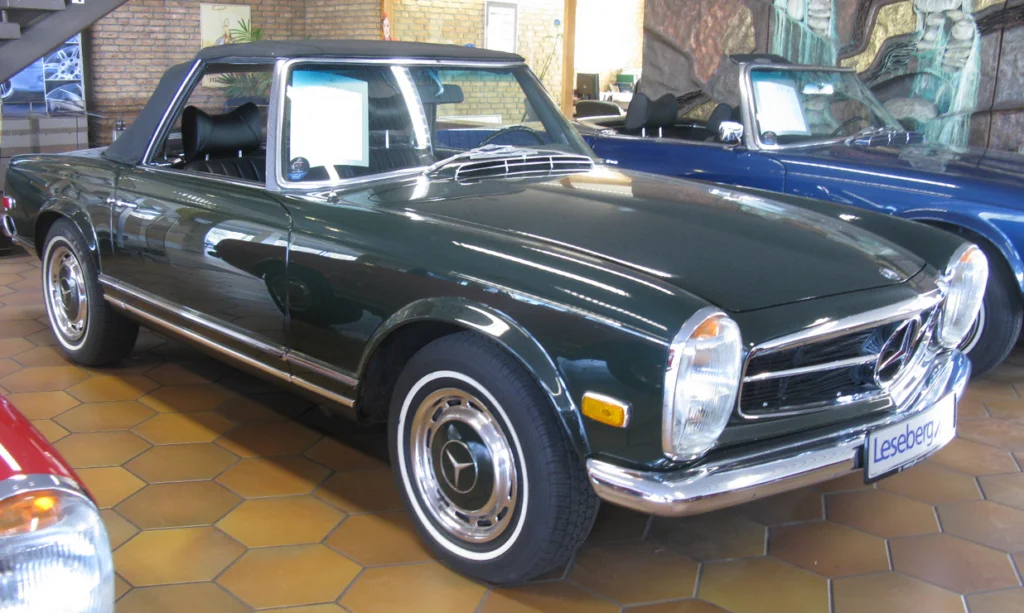
The W113 Mercedes SL, nicknamed the “Pagoda” for its distinctive concave hardtop, represented the pinnacle of sophisticated German engineering wrapped in timeless elegance. With its clean, uncluttered design by the legendary Paul Bracq, the 280 SL convertible offered a more reserved, thoughtful kind of glamour—one that whispered rather than shouted. Celebrities like John Lennon, Audrey Hepburn, and Sophia Loren chose the Pagoda as their personal transport, appreciating its perfect balance of performance and refinement.
Driving a 280 SL convertible made you feel like European royalty, with its bank-vault build quality and perfectly weighted controls creating a sense of permanent, unshakeable substance. The straight-six engine delivered power with a cultured purr rather than a rebellious roar, perfectly matching the car’s diplomatic personality. With both a soft top and removable hardtop available, the Pagoda delivered four-season glamour and remains one of the most investment-worthy classics of the era.
7. 1971 Cadillac Eldorado Convertible
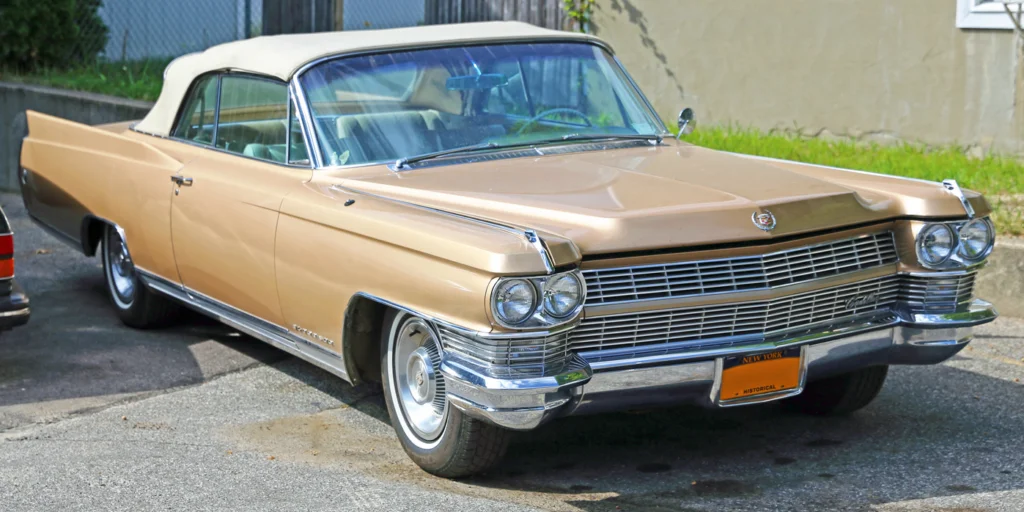
The 1971 Eldorado convertible represented American luxury on an epic scale—nearly 19 feet of chromed, sculptural excess powered by the largest production V8 ever made at 500 cubic inches. The front-wheel-drive system freed designers to create a dramatically low profile, while features like automatic climate control, power everything, and a parade boot for the lowered top ensured maximum red-carpet readiness. This was the convertible for grand entrances, for casino nights in Las Vegas, and for cross-country trips where comfort was paramount and fuel economy was someone else’s concern.
Driving an Eldorado convertible was less about the mechanics of transportation and more about making a statement about your place in the world. The floating sensation provided by the pillowy suspension, combined with the seemingly endless hood stretching out before you, created a sense of commanding a personal yacht down terrestrial highways. Just parking an Eldorado convertible made any location feel more glamorous—it was automotive theater with you as both the director and the star.
8. 1966 Lincoln Continental Convertible
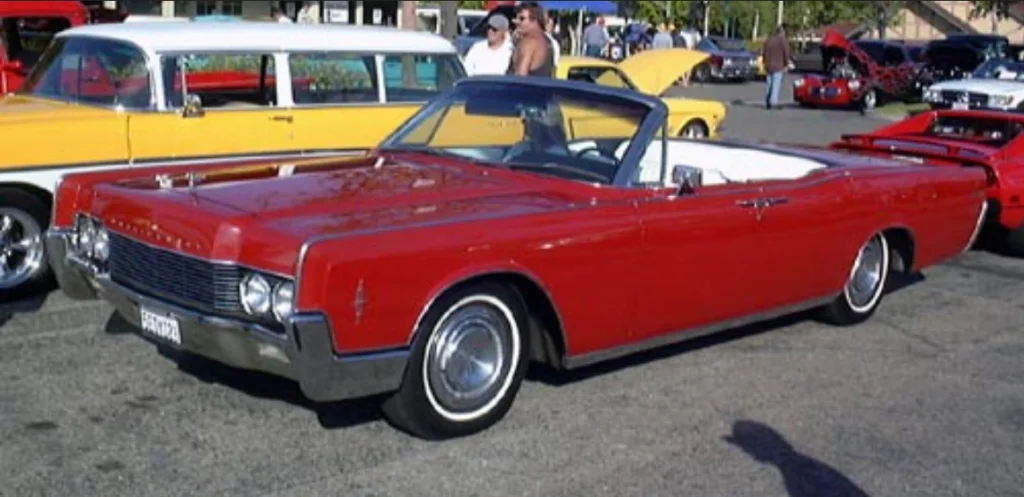
Few cars have ever made a more dramatic entrance than the suicide-door Continental convertible, with its clean slab sides, elegant proportions, and doors that opened from the center like a grand ballroom. As the chosen transport for presidents and power brokers, the Continental convertible represented serious American luxury with a modernist twist. The car’s starring role in countless films and television shows established it as the ultimate symbol of establishment power, yet its clean design has aged so well that it now reads as rebelliously cool.
Behind the wheel of a Continental convertible, ordinary mortals could channel their inner Kennedy, cruising in the same model that carried presidents through ticker-tape parades. The silky-smooth 462 cubic inch V8 moved this flagship with appropriate dignity, never rushing but always having abundant power in reserve. The experience of opening those massive center-opening doors and settling into the leather-wrapped command center created a sense of occasion unmatched by lesser automobiles—this wasn’t just transportation; it was an event.
9. 1974 Porsche 911 Targa
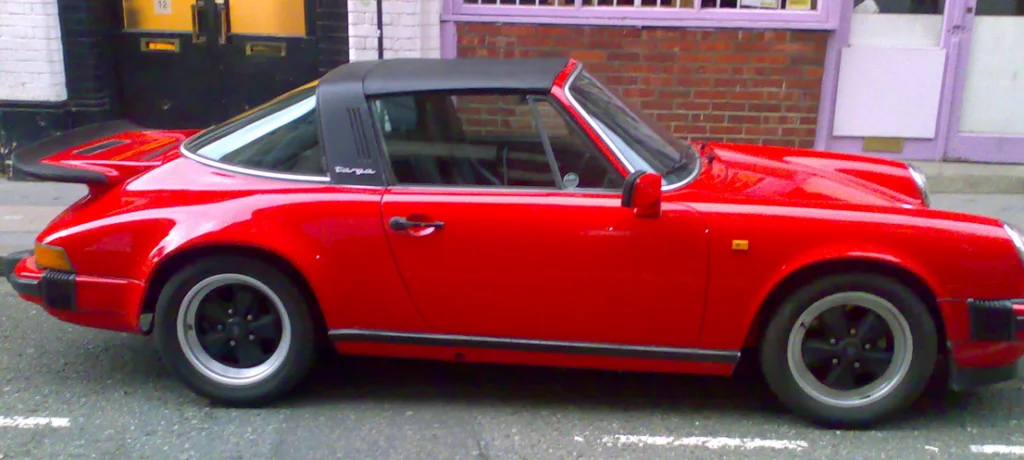
While not a full convertible in the traditional sense, the distinctive stainless steel roll bar and removable roof panel of the 911 Targa created one of the most recognizable profiles in automotive history. Born from concerns that traditional convertibles might be banned in America due to safety regulations, the Targa offered open-air motoring with structural integrity. The Targa’s unique look became so iconic that it appeared in everything from “Diamonds Are Forever” to countless television series where the directors needed visual shorthand for “successful but with sporting intentions.”
Driving a 911 Targa transformed owners into members of a special club—more sophisticated than muscle car enthusiasts but more athletic than luxury car owners. The car’s balance of daily usability and weekend performance meant you could drive it to the office on Friday and to the race track on Saturday, looking perfectly appropriate in both venues. The distinctive sound of the air-cooled flat-six engine provided a soundtrack that automobile enthusiasts still recognize from blocks away, announcing the arrival of someone who appreciated engineering excellence over mere transportation.
10. 1970 Dodge Challenger R/T Convertible
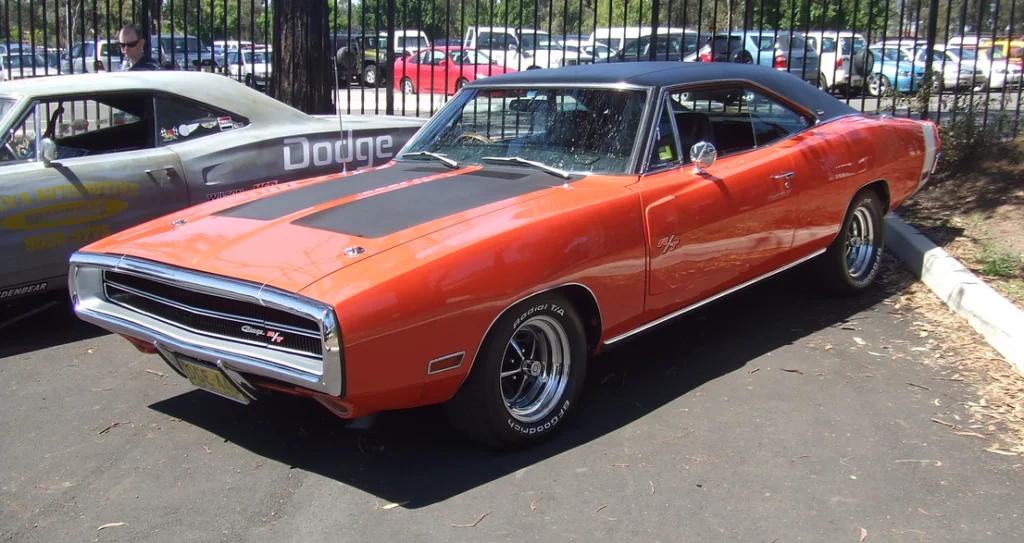
The Challenger convertible arrived fashionably late to the muscle car party, but made up for it with dramatic styling and an engine lineup that included the legendary 426 Hemi. With its long hood, short deck, and wide stance, the Challenger convertible looked like it was moving at 100 mph even when parked. The Challenger’s starring role in the cult film “Vanishing Point” (though that was a hardtop) cemented its reputation as the choice for automotive rebels—a reputation that holds strong even today, as evidenced by skyrocketing values for authentic R/T convertibles.
Sitting behind the wheel of a Challenger convertible, with its rallye gauges glowing and pistol-grip shifter in hand, transformed drivers into instant anti-heroes. The dramatic dash design wrapped around the driver like a cockpit, while the tremendous power lurking under the hood provided the means for quicksilver getaways from the ordinary. Just owning a Challenger convertible made a statement about valuing performance and style over practicality—a value system straight out of Hollywood’s playbook.
11. 1967 Ferrari 275 GTB/4 NART Spyder
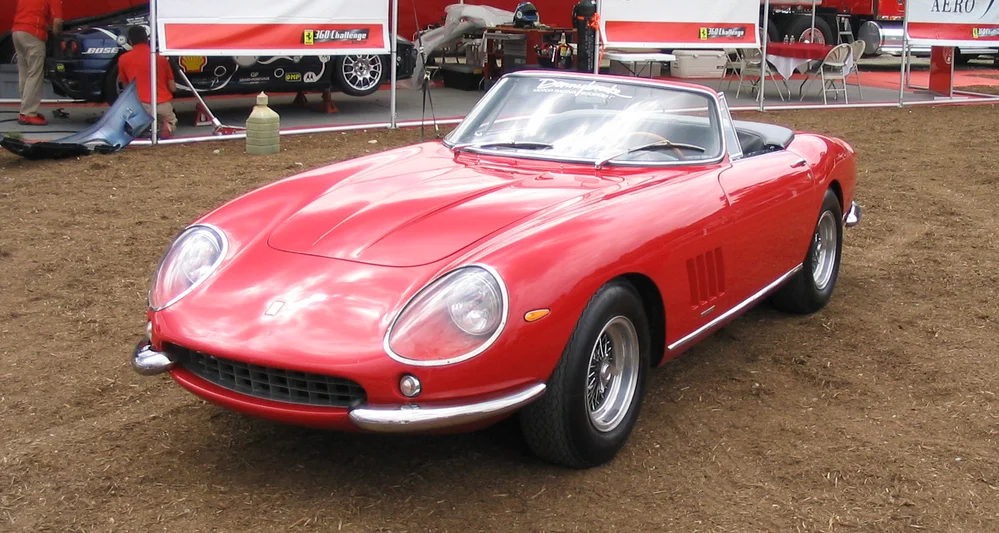
With only ten examples ever built, the NART (North American Racing Team) Spyder represented the ultimate in exclusivity and exotic appeal. Commissioned by Luigi Chinetti, Ferrari’s North American importer, these hand-built masterpieces combined the sublime engineering of the 275 GTB/4 with the sensual pleasure of open-air motoring. Steve McQueen owned one, cementing its position as the ultimate Hollywood status symbol, and the car’s appearance in “The Thomas Crown Affair” further immortalized it as the convertible for those who had truly arrived.
Driving a NART Spyder wasn’t just transportation; it was a religious experience accompanied by the glorious sound of Ferrari’s V12 engine singing through four camshafts and six carburetors. The car’s rarity meant that even the wealthiest owners became instant celebrities simply by being seen in one—this wasn’t just a sports car; it was a rolling masterpiece. Modern examples regularly sell for over $25 million when they come to market, making the NART Spyder not just a movie star car but a blue-chip investment that happens to provide sensory overload as a dividend.
12. 1969 Chevrolet Camaro SS Convertible
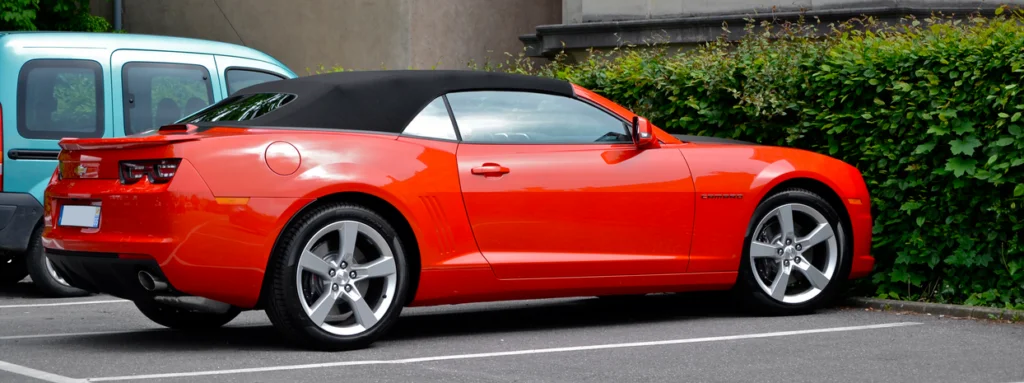
The first-generation Camaro convertible hit its stride in 1969 with aggressive new styling that perfectly captured the muscle car era’s bold aesthetic. With the optional SS package and its potent 396 cubic inch big-block V8, the Camaro convertible offered Corvette-adjacent performance with room for friends. The dramatic styling—with its cowl induction hood, white-letter tires, and bold stripes—created instant movie-star appeal for anyone lucky enough to grab the keys.
Behind the wheel of a ’69 Camaro SS convertible, even a drive to the local drive-in became a scene where you were the main character. The rumbling big-block soundtrack, combined with the wind in your hair and eyes looking your way, created a sense of starring in your own personal road movie. The Camaro convertible offered the perfect balance of attainability and exclusivity—special enough to turn heads but accessible enough that ordinary people could realistically aspire to own one someday.
13. 1970 Citroën DS Décapotable
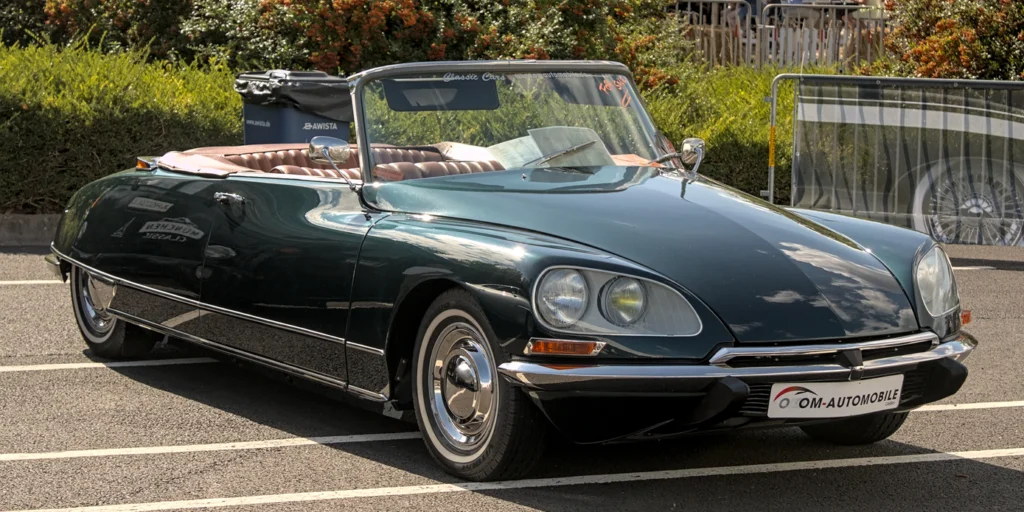
While American convertibles projected power and European sports cars offered precision, the DS Décapotable delivered avant-garde sophistication unlike anything else on wheels. Converted by Henri Chapron rather than built on the factory line, these rare masterpieces combined the DS sedan’s revolutionary hydraulic suspension and futuristic styling with the glamour of open-air motoring. The DS Décapotable became the chariot of choice for European intellectuals, artists, and those who appreciated its otherworldly grace and engineering innovation.
Driving a DS Décapotable transformed even the most pedestrian journey into performance art, with the hydraulic suspension providing a magic carpet ride that had to be experienced to be believed. The car’s alien beauty attracted attention everywhere it went, but of a different sort than muscle cars generated—this was intellectual admiration rather than visceral excitement. In a DS Décapotable, you weren’t just any movie star; you were Marcello Mastroianni in a Fellini film—sophisticated, complex, and operating on a plane above ordinary mortals.
14. 1964 Pontiac GTO Convertible
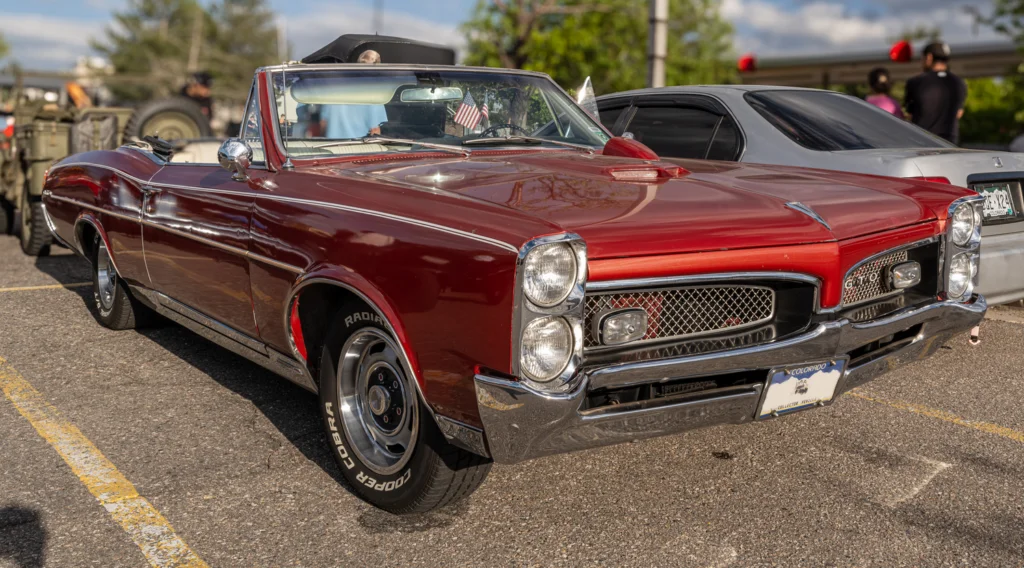
Often credited as the first true muscle car, the 1964 GTO convertible combined intermediate-sized dimensions with a big-car engine to create an entirely new automotive category. The GTO’s formula was simple but revolutionary: take the Tempest convertible, add the mighty 389 cubic inch V8 with up to 348 horsepower, and create a legend that would define American performance for a decade. The GTO convertible’s clean styling, with minimal chrome and subtle performance cues, created a perfect canvas for the imagination—this wasn’t a car that shouted about its capabilities; it simply delivered them when the accelerator hit the floor.
Behind the wheel of a GTO convertible, you became the protagonist in a distinctly American success story—young, powerful, and ready to take on all comers. The GTO’s bucket seats and floor shifter created a cockpit-like environment that put the driver in command of genuine performance credentials. Dropping the top and cruising through town in a GTO convertible, with its distinctive exhaust note announcing your arrival, transformed ordinary drivers into local celebrities—especially when they demonstrated the car’s ability to leave two black stripes of rubber as calling cards.
These magnificent convertibles from the ’60s and ’70s represented more than just transportation—they were dreams you could drive, moving theaters where you always played the lead role. Their enduring appeal lies not just in their beauty or performance, but in their ability to transform ordinary moments into cinematic memories. In today’s world of climate-controlled cocoons and autonomous driving features, these charismatic convertibles remind us of a time when cars weren’t just appliances but supporting actors in our personal dramas—top down, sun shining, and the open road ahead offering endless possibilities for starring roles in adventures yet to be written.


